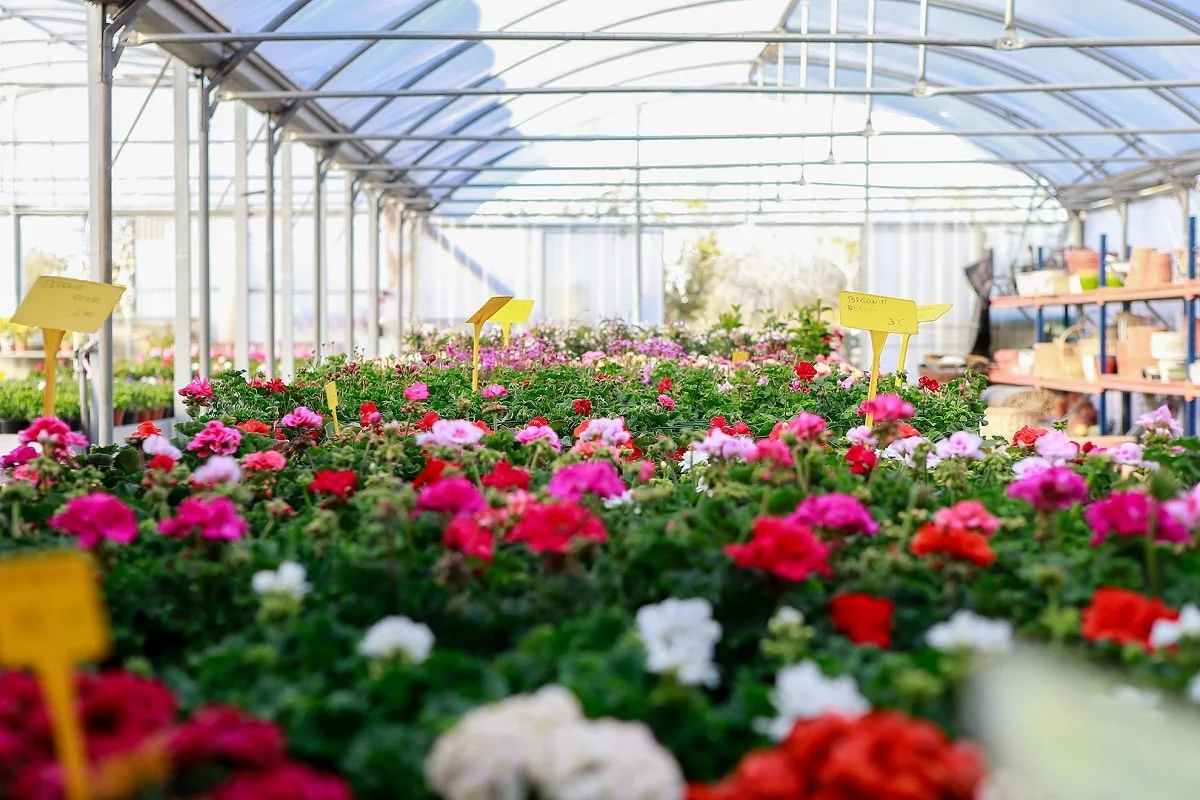How to choose the right plants for your garden in 4 steps
We understand the importance of keeping your plants healthy and vibrant, and we're here to make sure your green oasis thrives. Whether you have a small urban garden or a sprawling outdoor garden, our team of expert gardeners is dedicated to providing top-notch plant care services.
Elements to examinate when choosing plants
Consider your climate zone
One of the most critical factors to consider when selecting plants for your garden is your climate zone. Climate zones are regions with similar weather patterns and temperature ranges. Knowing your climate zone will help you identify plants that can withstand your local climate conditions.
For example, if you live in a hot and arid climate, you'll want to choose drought-tolerant plants like succulents, agaves, and desert marigolds. On the other hand, if you reside in a cooler region, cold-hardy plants like conifers, hostas, and lilacs may be more suitable.

Soil type and quality
The type and quality of your soil can greatly affect a plant's growth and health. Different plants have specific soil preferences, so it's essential to understand your soil's characteristics before planting. Conduct a soil test to determine its pH level, texture, and nutrient content.
For instance, if you have acidic soil, plants like azaleas, blueberries, and rhododendrons thrive in such conditions. Conversely, alkaline soil is suitable for plants like lavender, yarrow, and hollyhocks. Amending your soil or choosing plants that naturally thrive in your soil type will help your garden flourish.
Sunlight requirements
Plants have varying sunlight needs, ranging from full sun (6-8 hours of direct sunlight per day) to full shade (less than 2 hours of direct sunlight per day). Assess the sunlight patterns in your garden to determine which plants will thrive in your specific location.
For a sunny garden, consider sun-loving plants like roses, sunflowers, and tomatoes. In shady areas, you can grow shade-tolerant plants like hostas, ferns, and impatiens. Planting the right plants in the right light conditions is essential for their growth and blooming.
Local wildlife and pests
Your garden's location also influences the types of wildlife and pests you may encounter. Some plants can be more attractive to certain insects or animals, while others may repel them. To create a balanced ecosystem in your garden, research which plants are native to your area and support local wildlife.
For example, planting native wildflowers and milkweed can attract pollinators like butterflies and bees. On the other hand, marigolds and chrysanthemums are known for their ability to repel common garden pests like aphids and mosquitoes.
Water availability
Water availability is a crucial factor to consider when choosing plants for your garden. If you live in an area with frequent droughts or water restrictions, opt for drought-resistant plants that require minimal watering.
Conversely, if water is plentiful, you can select plants with higher water requirements, such as lilies, cannas, and hydrangeas. Just remember to practice responsible watering and avoid overwatering, as this can be harmful to both plants and the environment.
Creating a successful garden starts with choosing the right plants for your location. By considering your climate zone, soil type, sunlight, local wildlife, and water availability, you can ensure that your garden thrives and flourishes. Remember that a well-planned garden not only enhances your outdoor space but also benefits the environment and local ecosystem. Viridis team of gardeners will plan it carefully and you will watch your garden come to life in harmony with its surroundings.